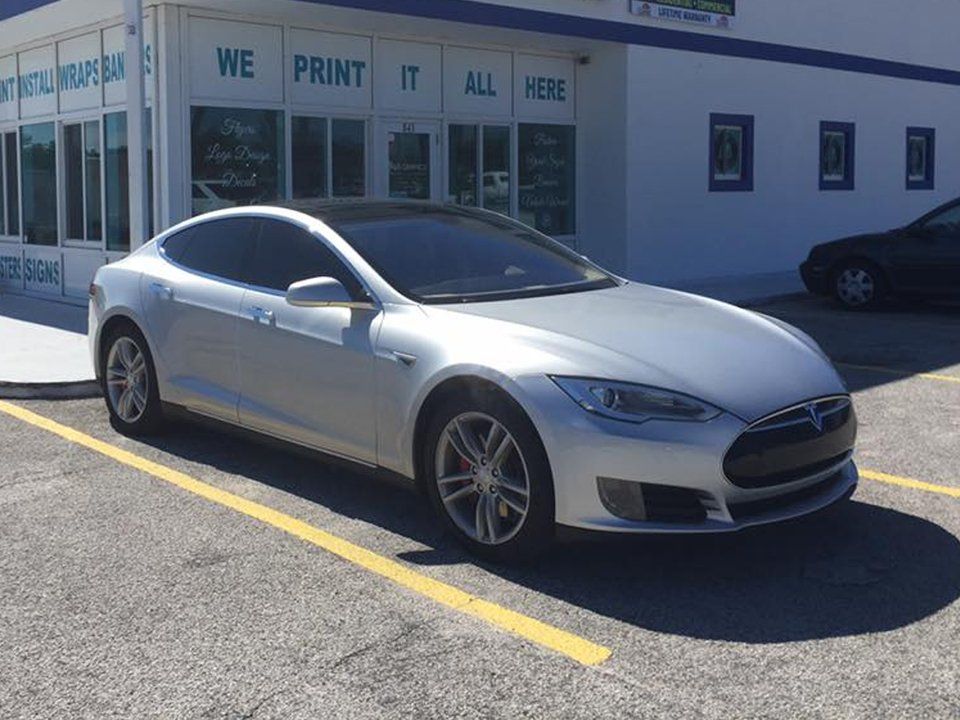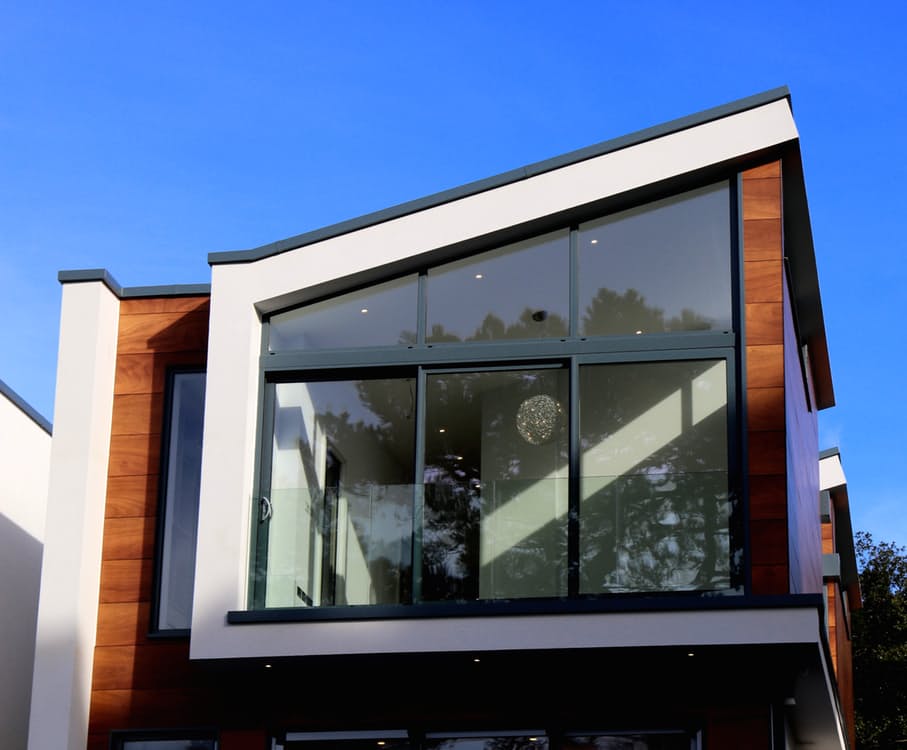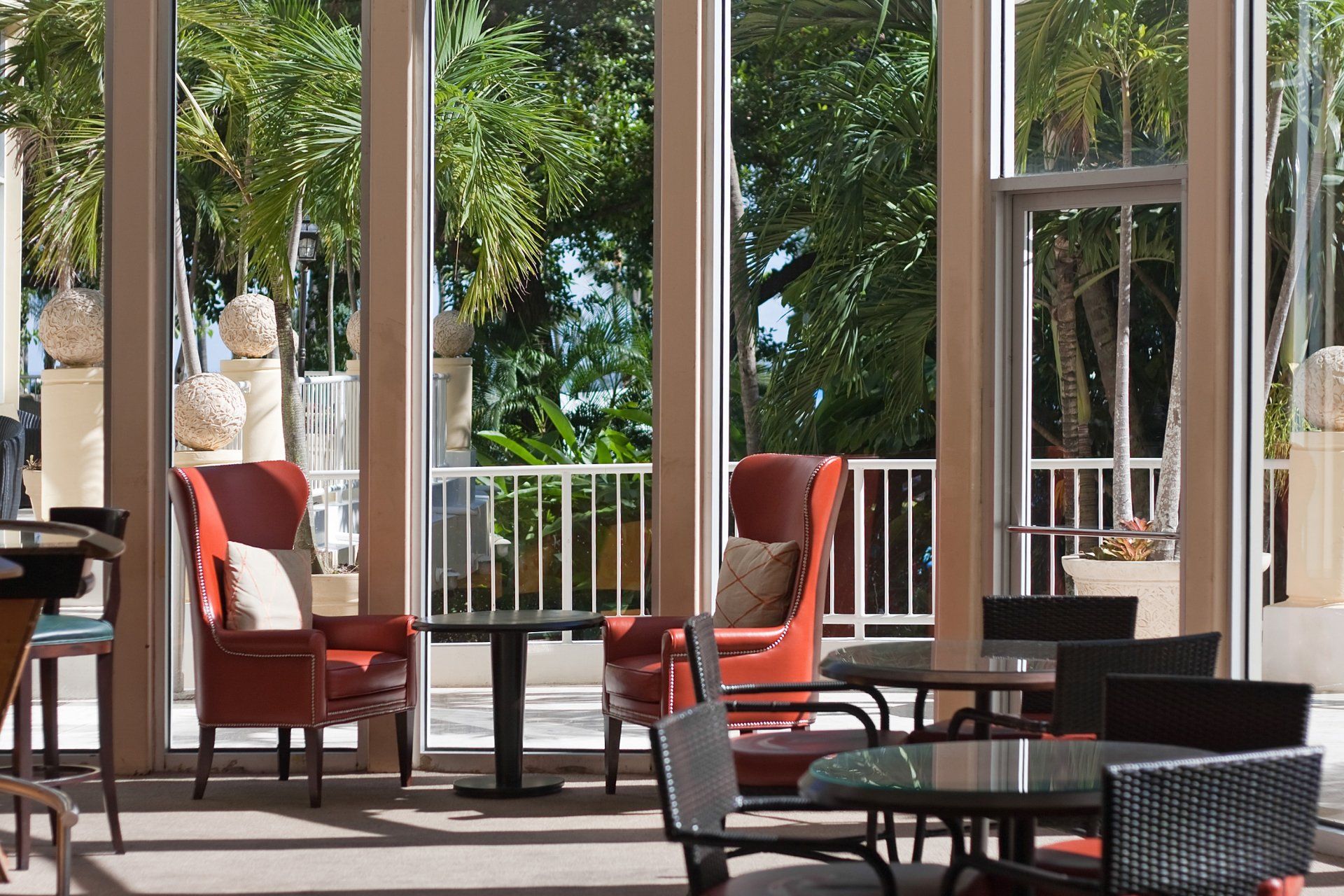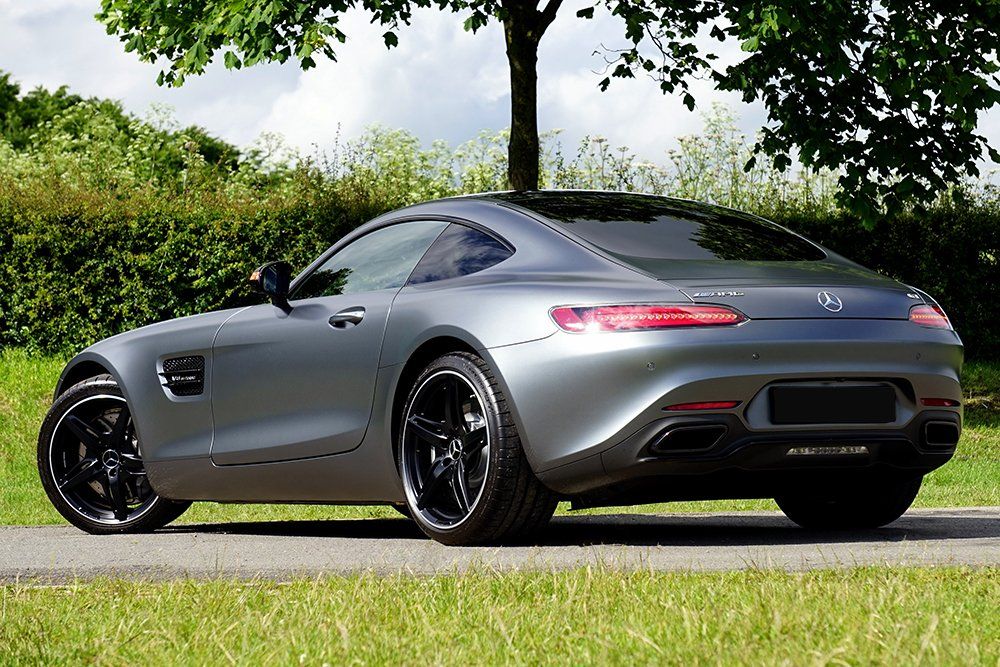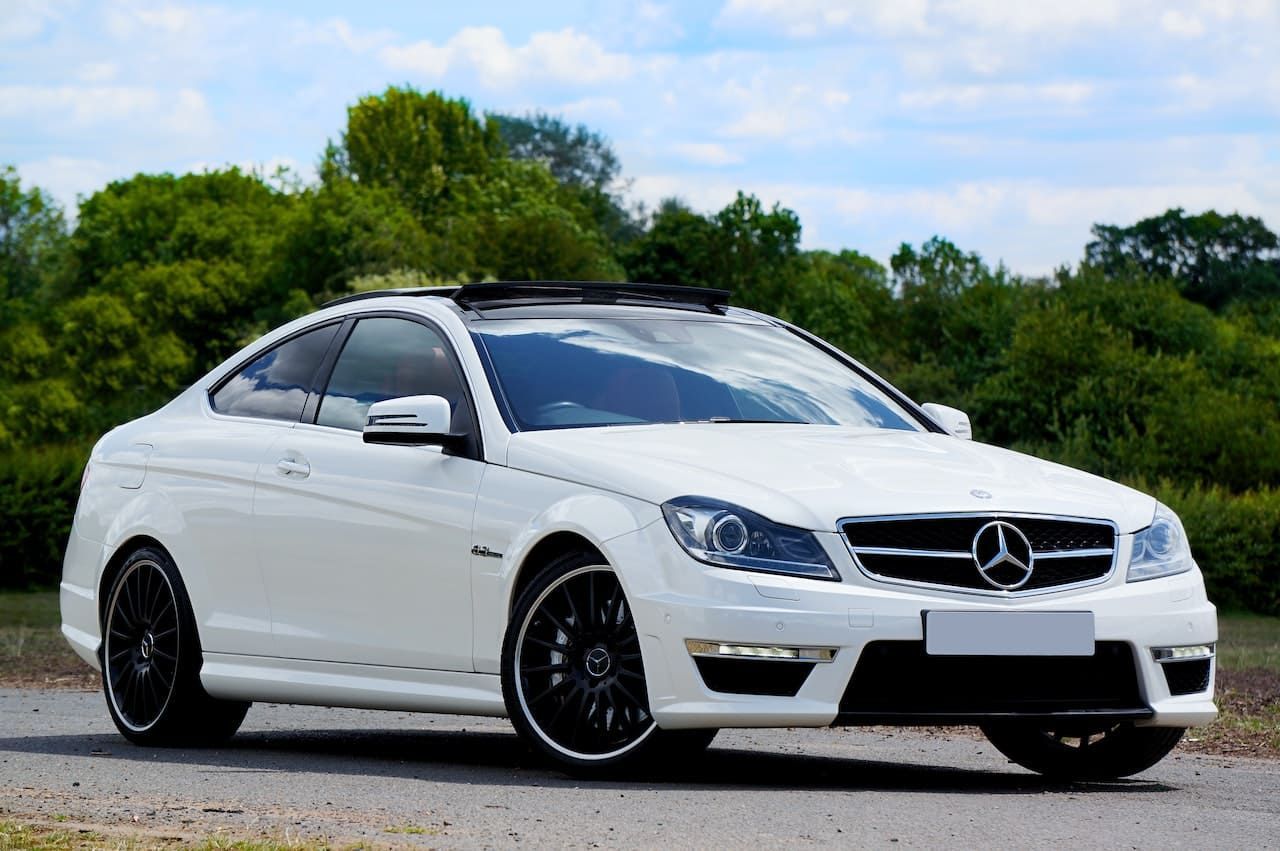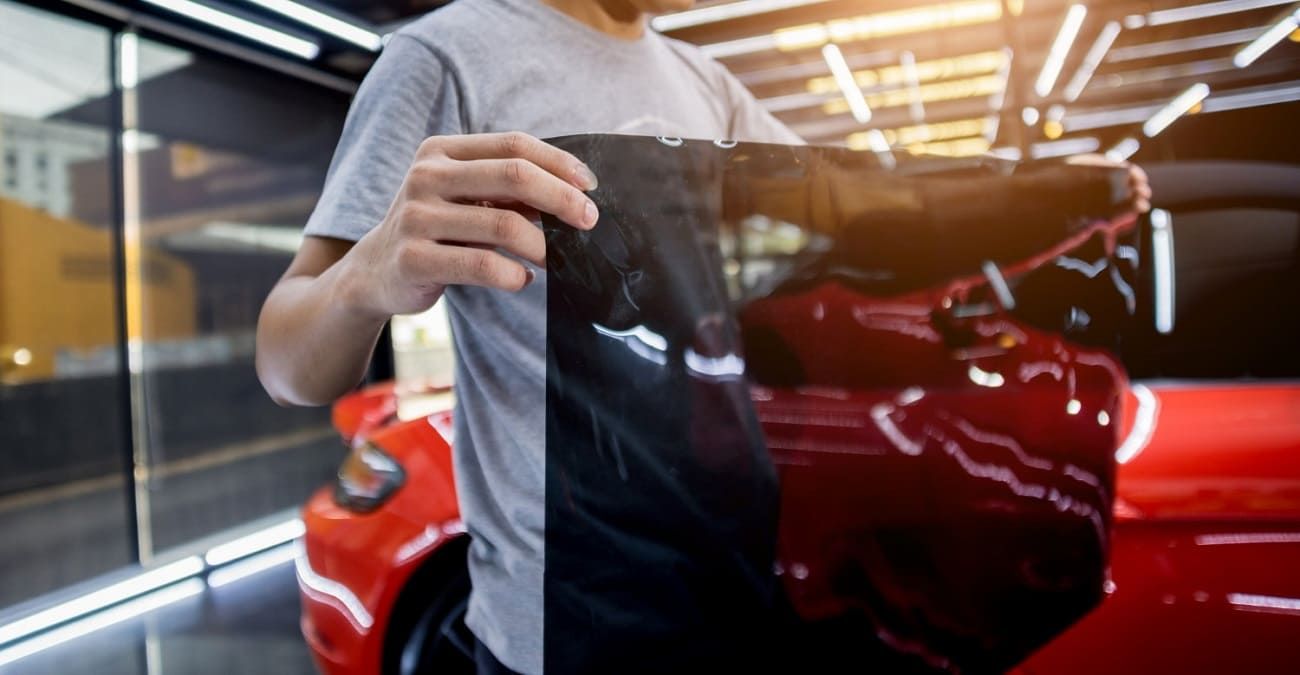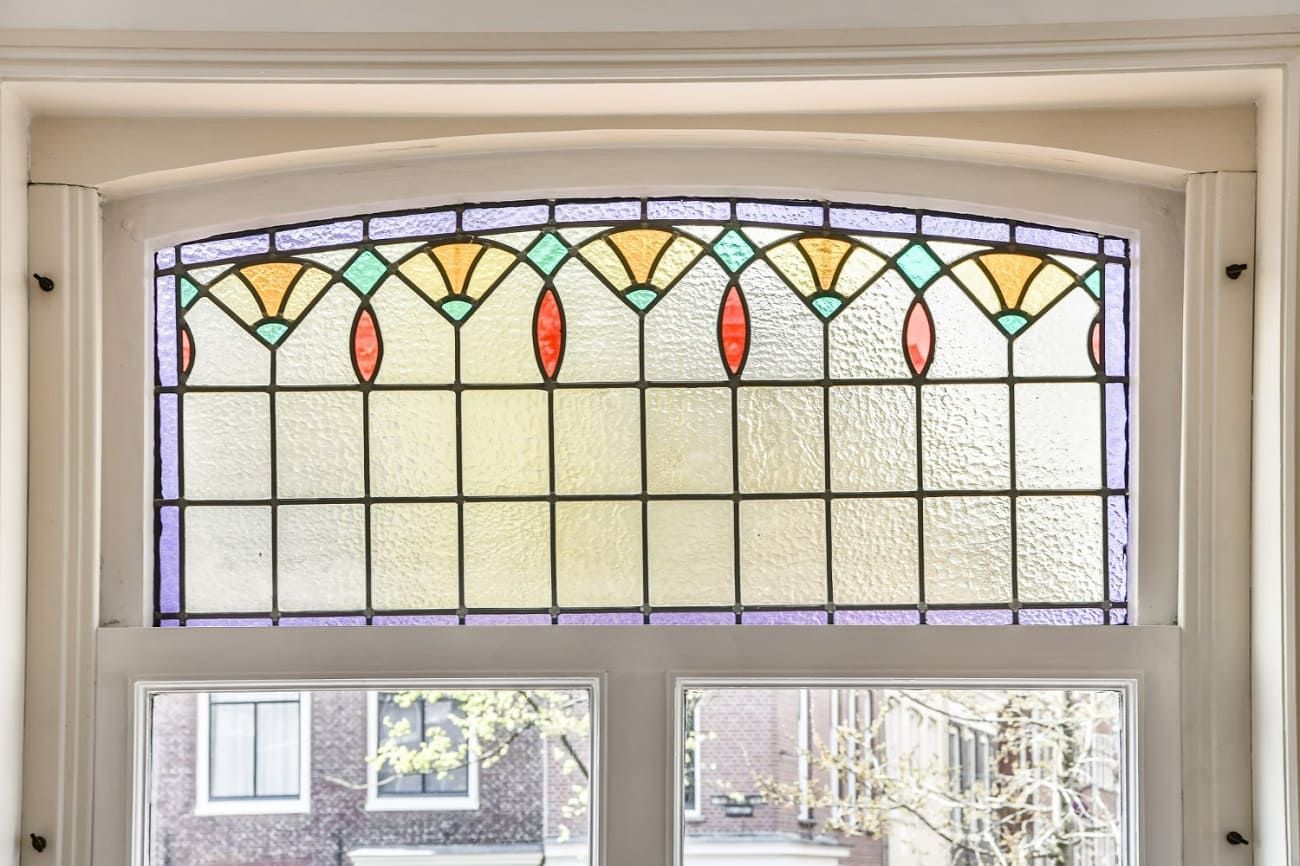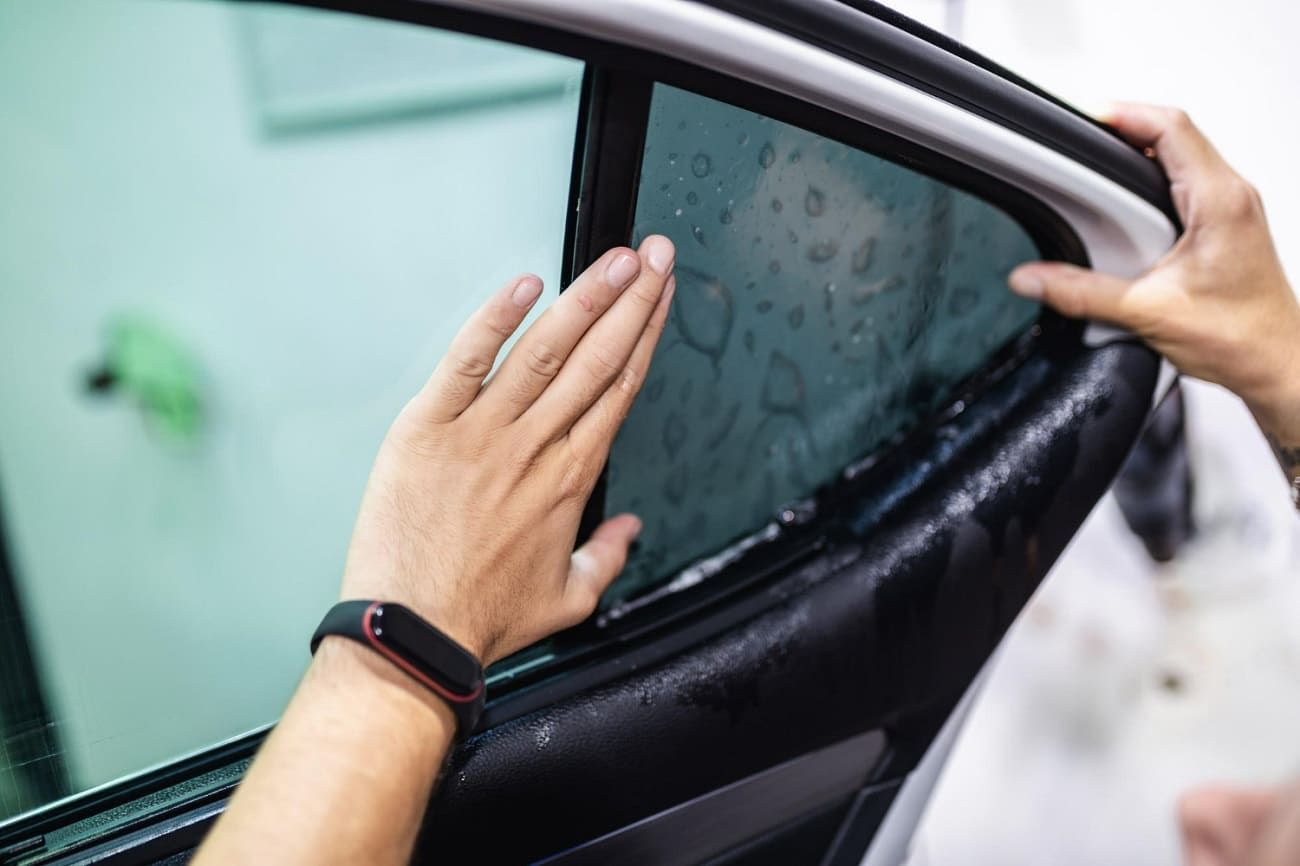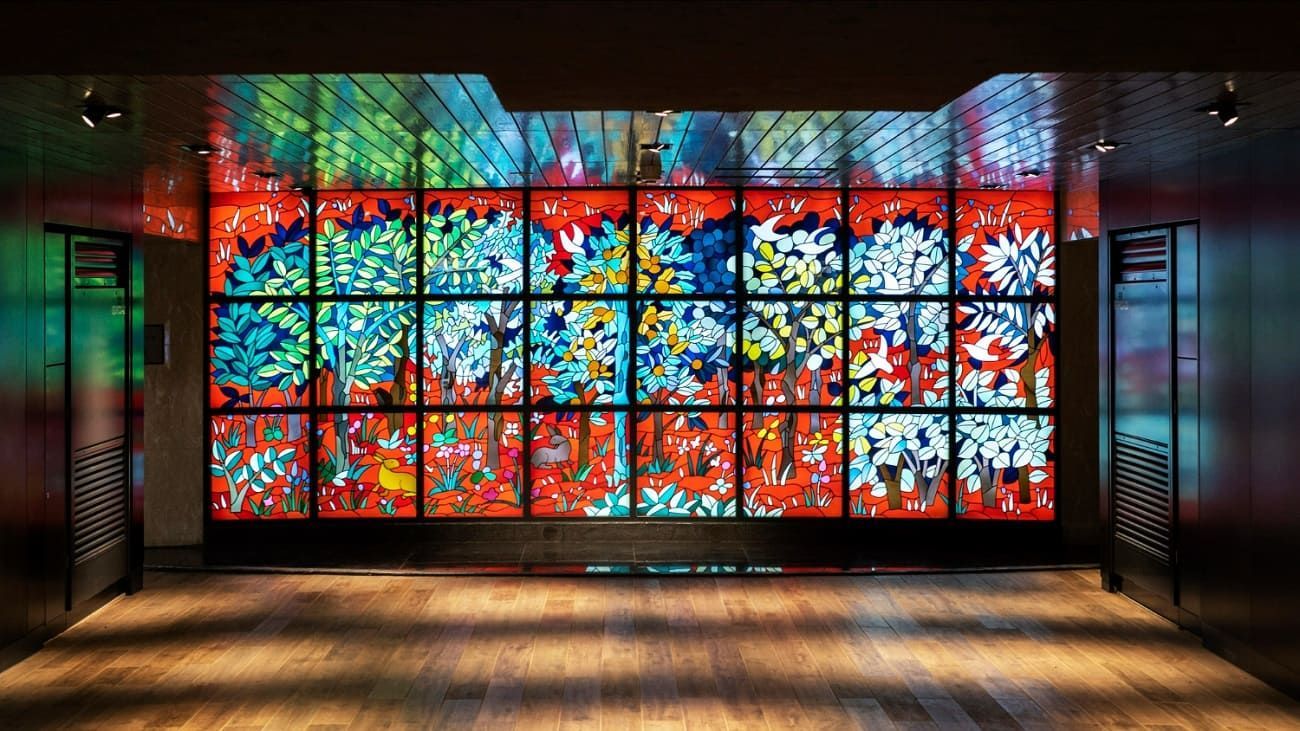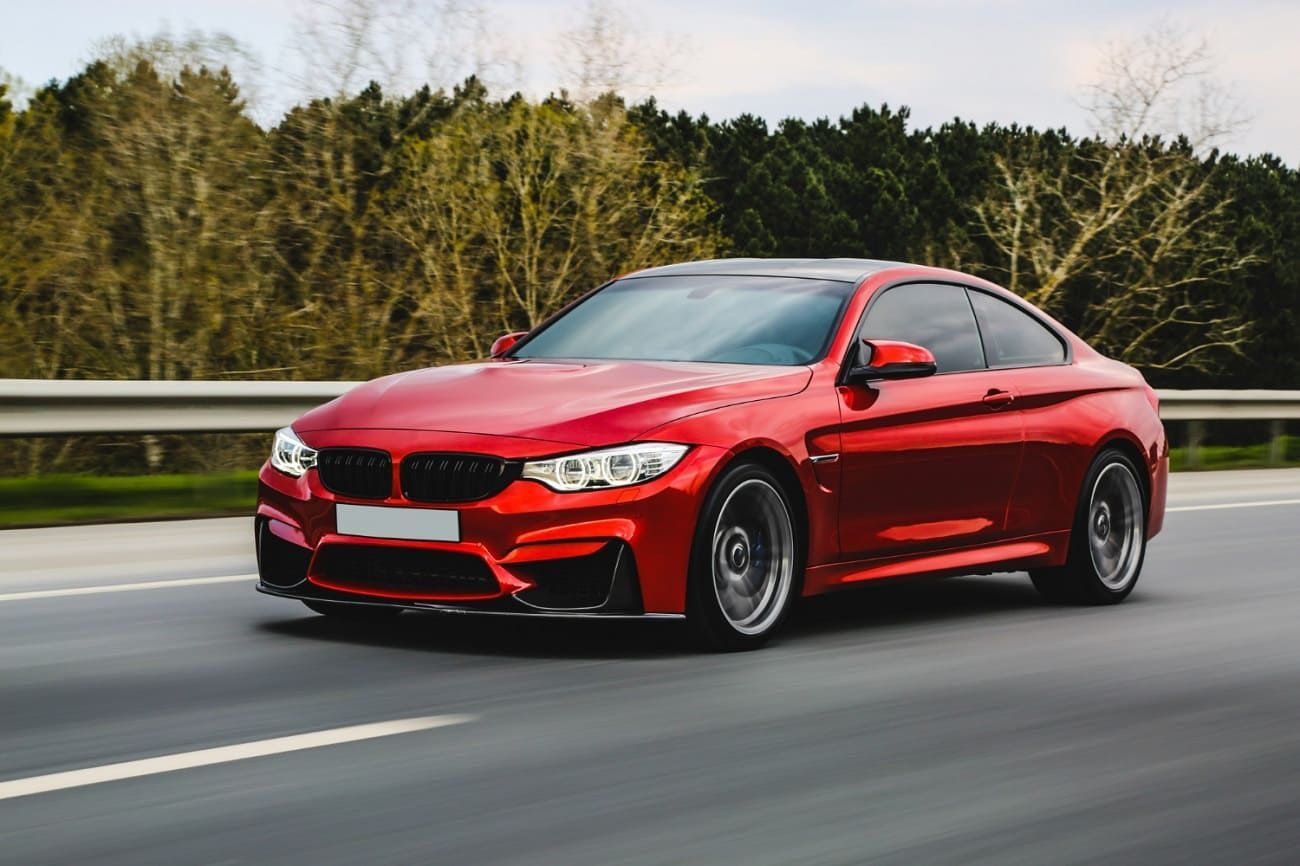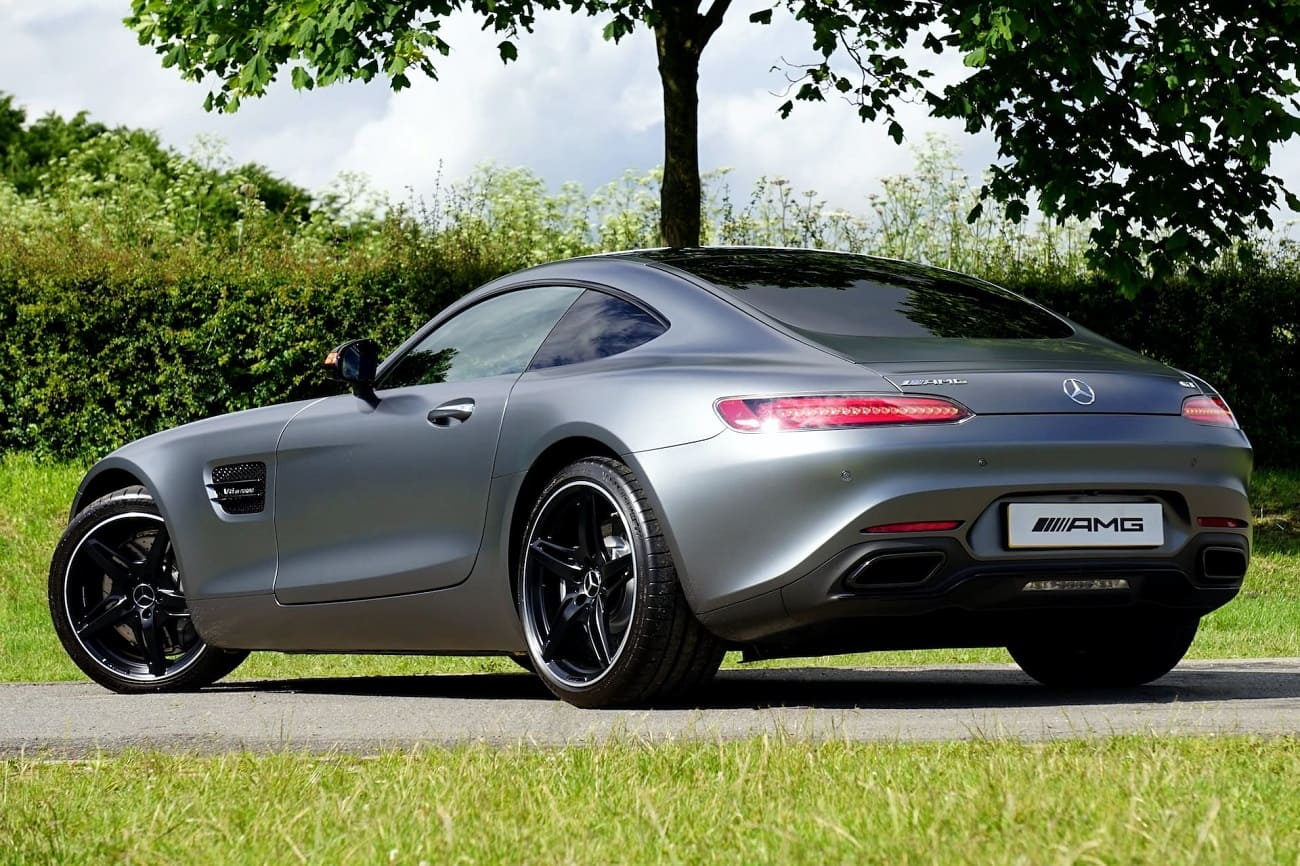Regular Tint vs. Ceramic Tint: What's Right for You?
When it's time to get your auto windows tinted, you want to choose the right option for your car and wallet. Read here on regular tint vs. ceramic tint!
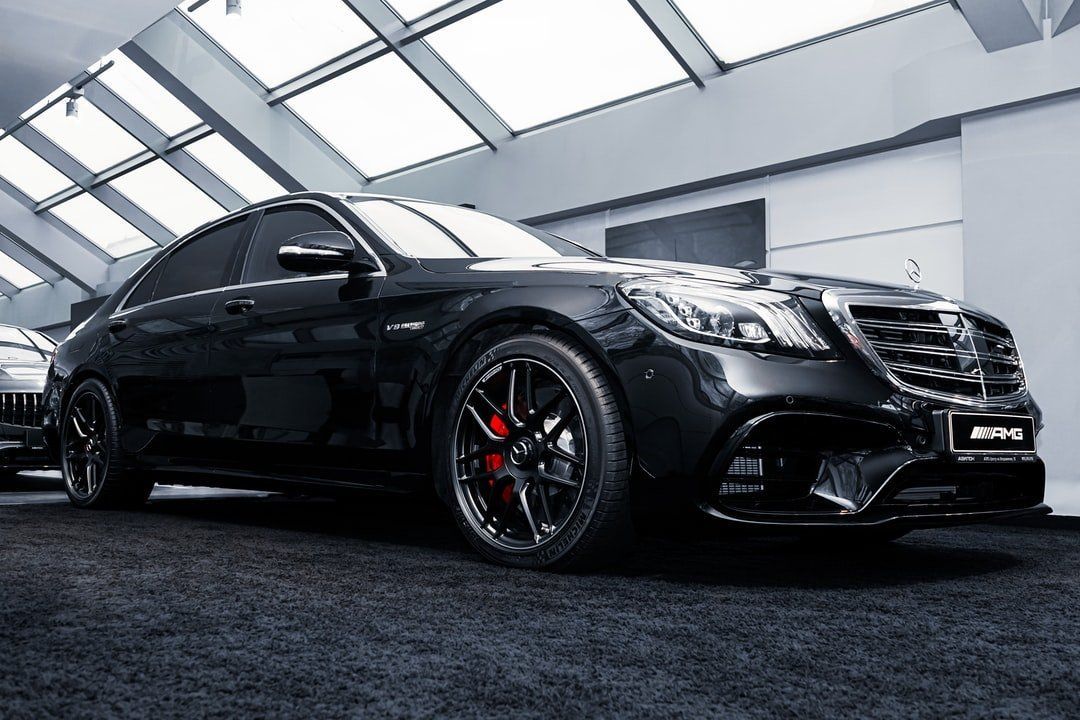
The hot Florida sun can wreak havoc on a car. It can damage your upholstery, make the interior unbearable hot, and even contribute to skin cancer while you're behind the wheel.
Tinting your car's windows is a great way to give your ride a sleek appearance, but specific window tints can also mitigate many of the sun's harmful and uncomfortable effects.
When you visit the detailers to have your tint applied, you'll have to choose between regular tint vs. ceramic tint. Both have their applications, but one offers superior benefits.
Keep reading to learn the difference between these two tint options.
What Is Regular Tint?
Regular tint is a polyester window film that bonds to your window with an adhesive. Dye gives these tints their dark color.
Dyed window tint is highly affordable and widely available, so they're accessible for many motorists. They also come in many different shades, and some even feature printed graphics to add a little flair.
Most choose this tint for the aesthetic and privacy they offer. Tinting your windows affords you some privacy from would-be car thieves who might be scoping out your car while it's parked.
However, regular tints offer minimal protection from the sun. They can only provide some shade, but that does help prolong the life of your car's upholstery.
Limitations of Regular Tint
While the price might make a regular tint seem economical, they have several limitations to dissuade more serious tint buyers.
Cheap tint is made of low-quality materials, and it won't last as long as more expensive tints. You might only get a year out of it before it needs to be replaced. Over time, sun damage turns a dyed tint into a shade of purple.
You'll also notice quality issues in the adhesive used in regular tints. The sun's UV rays break down the glue, and the tint will begin pulling away from the window.
Given the lower price point of regular window film, many people attempt to install it on their own. It might not make financial sense to visit an auto window tinting shop and have it installed professionally, but DIY installation can also contribute to peeling problems.
Regular tints also don't block UV or infrared rays. These tints won't affect the interior temperature of your car. Since UV rays also contribute to melanoma, your skin won't get any protection either.
The dye used to give a regular tint its color also may contain metallic particles. These particles can obstruct cell phone and GPS signals.
What Is Ceramic Tint?
Ceramic tints look similar to regular tints, but they have been infused with microscopic ceramic particles. These particles are found in the top hard coat layer and the adhesive that binds them to the window.
While a nano-ceramic tint offers the same privacy and upholstery-saving benefits as a regular tint, these high-tech tints also protect you and your car from UV rays. This means that you'll have a lower risk of skin cancer.
UV rays aren't the only kind of solar energy that ceramic tints can filter. They also block the infrared rays that heat your car's interior. This gives ceramic tints a massive advantage over-dyed tints.
Ceramic tints come in a wide range of shades, giving you the freedom to style your tints as you choose. You can opt for a black-out look on your back windows or coordinate them with the color of your vehicle. Just be sure to stay within your state's legal limits.
If the look of tinted windows isn't your preferred style, you can also find a clear version of these tints. With a clear ceramic tint, you'll still experience the same UV and infrared blocking benefits.
Does Ceramic Tint Have Issues?
Ceramic tint is ideal for someone who wants to get the most out of their tint work. They are significantly more advanced than regular tint, so you won't have to worry about many of the problems that plague dyed tints.
Their film and adhesive are shielded from the sun by nano-ceramic particles. The adhesive won't break down, so your tint stays affixed to your car's window. You'll also be protected from unsightly fading.
Ceramic tints also last much longer than regular tints. You'll get five years or more out of ceramic tints before needing to replace them.
Unlike regular tints, ceramic tints contain no metallic particles. This means your phone and GPS won't be obstructed.
The only issue you might have when shopping for ceramic tints is their film price. These high-quality tints are much more expensive than dyed tints and must be installed by a professional.
Deciding on Regular Tint Vs. Ceramic Tint
Ceramic tints are clearly the superior choice when it comes to window tints. They offer significant sun protection, will keep your car cooler, and don't experience many of the common problems that affect regular tints.
If you're serious about your window tints and want the best option you can buy, ceramic tints will serve you well. They are ideal for hot, sunny climates.
However, that doesn't necessarily mean that regular window tints are a bad choice. They certainly have their place.
If you're only concerned about the look of your car, you may think you'll do just fine with a regular tint. You might have to replace them more often, which may be easier given their lower price. On the other hand, the need to continually replace your tints may make you wish you had gone with higher-quality tints from the start.
The only reason to choose a regular tint over a ceramic tint is if your budget doesn't allow it. If it does, ceramic tints are highly recommended.
Quality Window Tints You Can Trust
Car tint can give your vehicle a sleek and stylish appearance, and some also come with surprising benefits.
Choosing between regular tint vs. ceramic tint can give budget-conscious motorists some trouble, but ceramic tints are generally better.
Are you ready to tint your windows? Get a free estimate from Solarwaves Window Tinting today. Trust their 60 years of combined experience to do it right.

